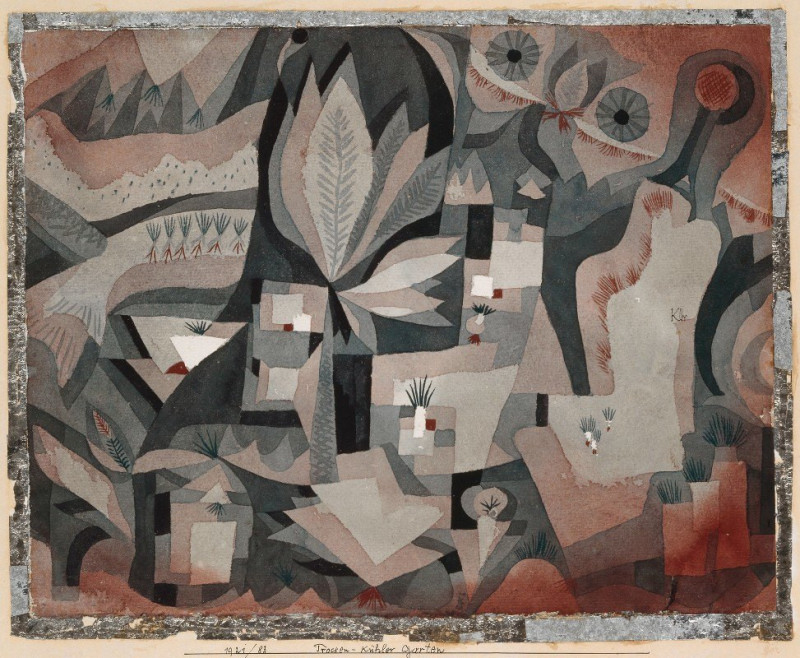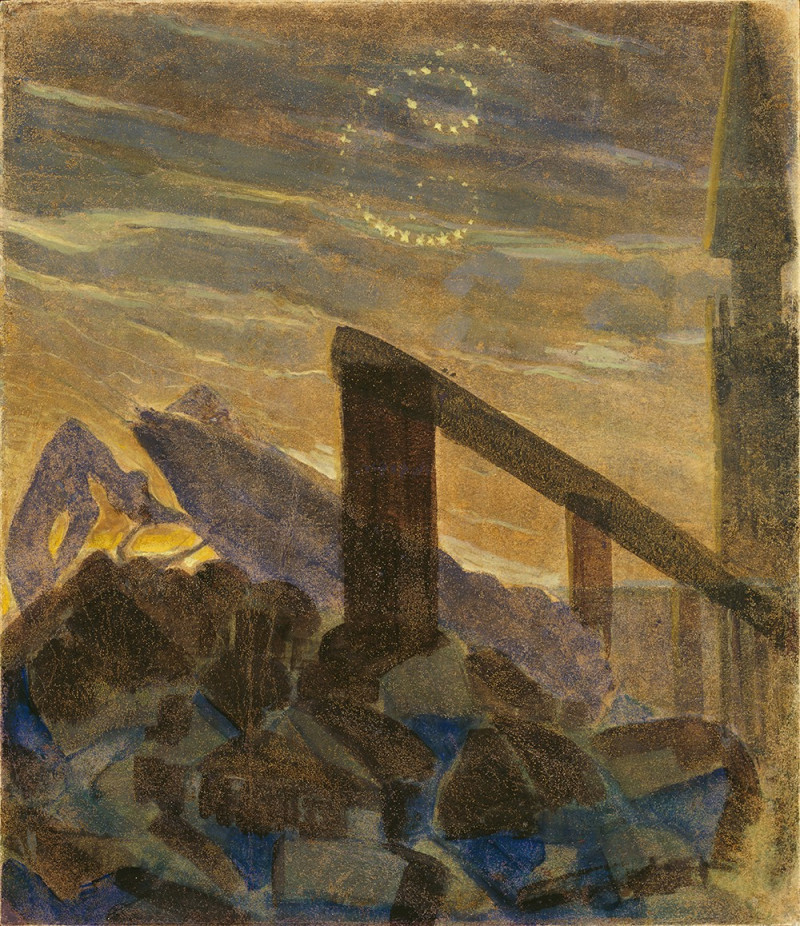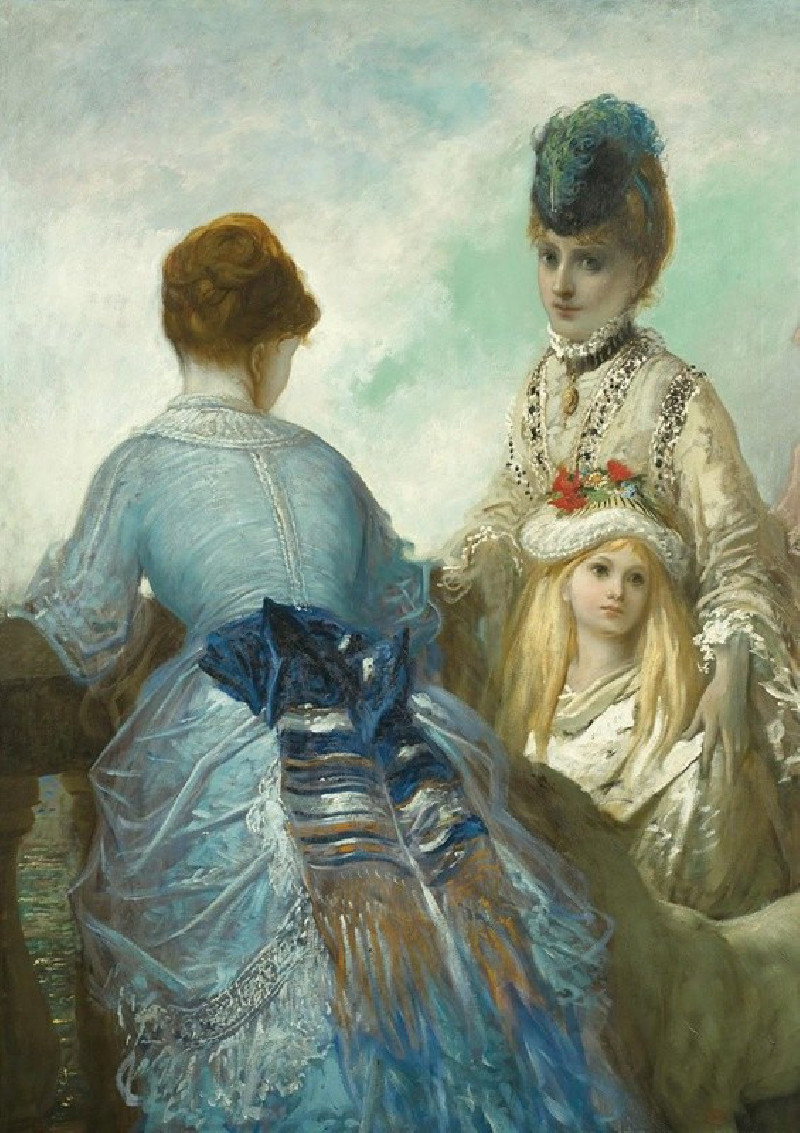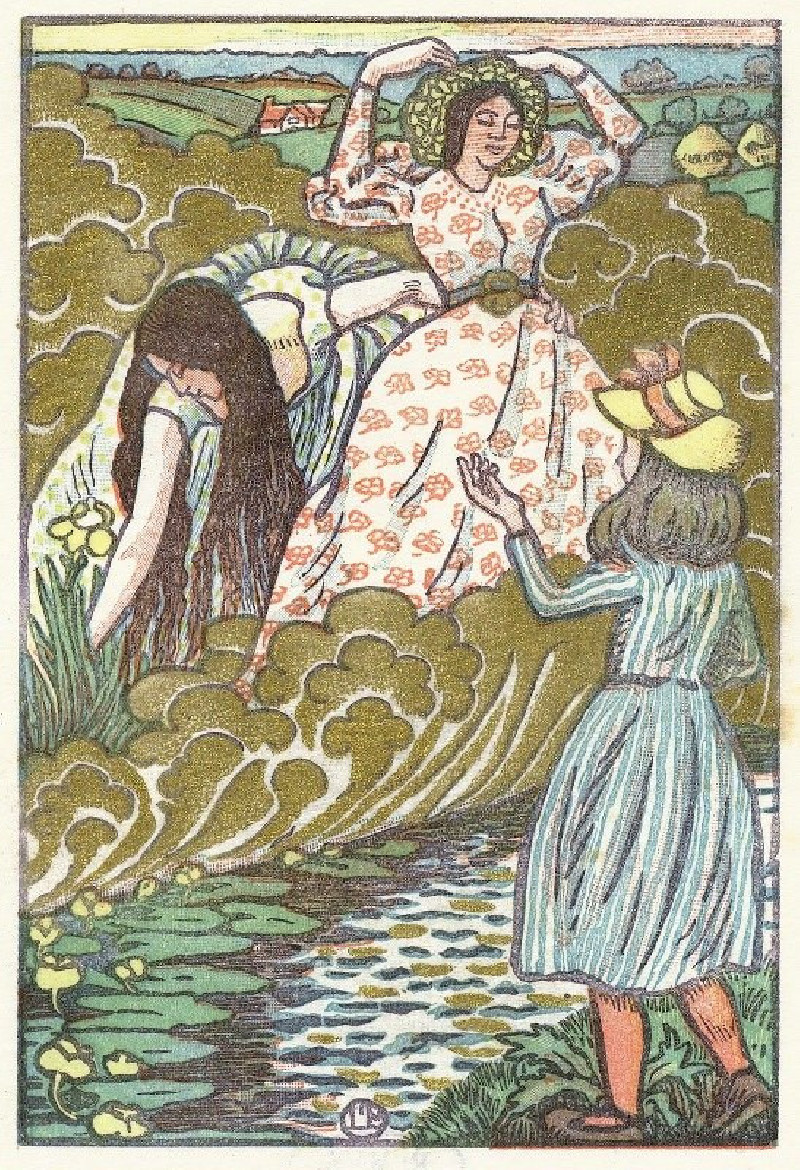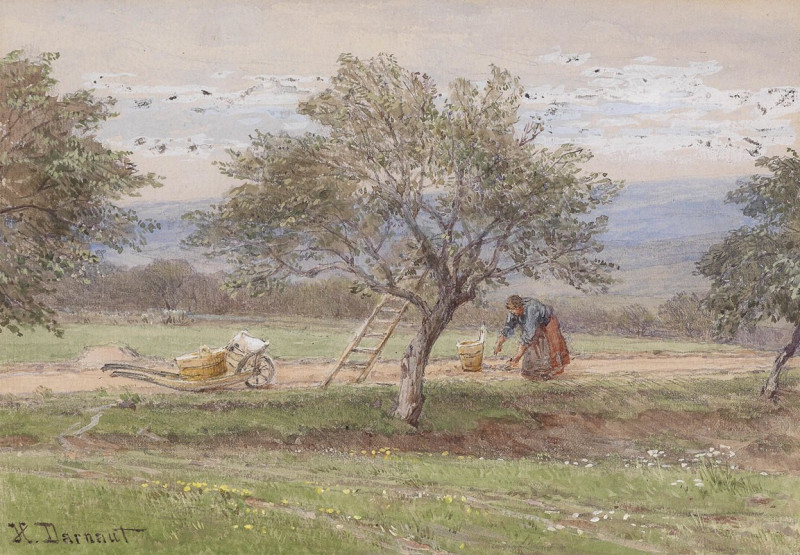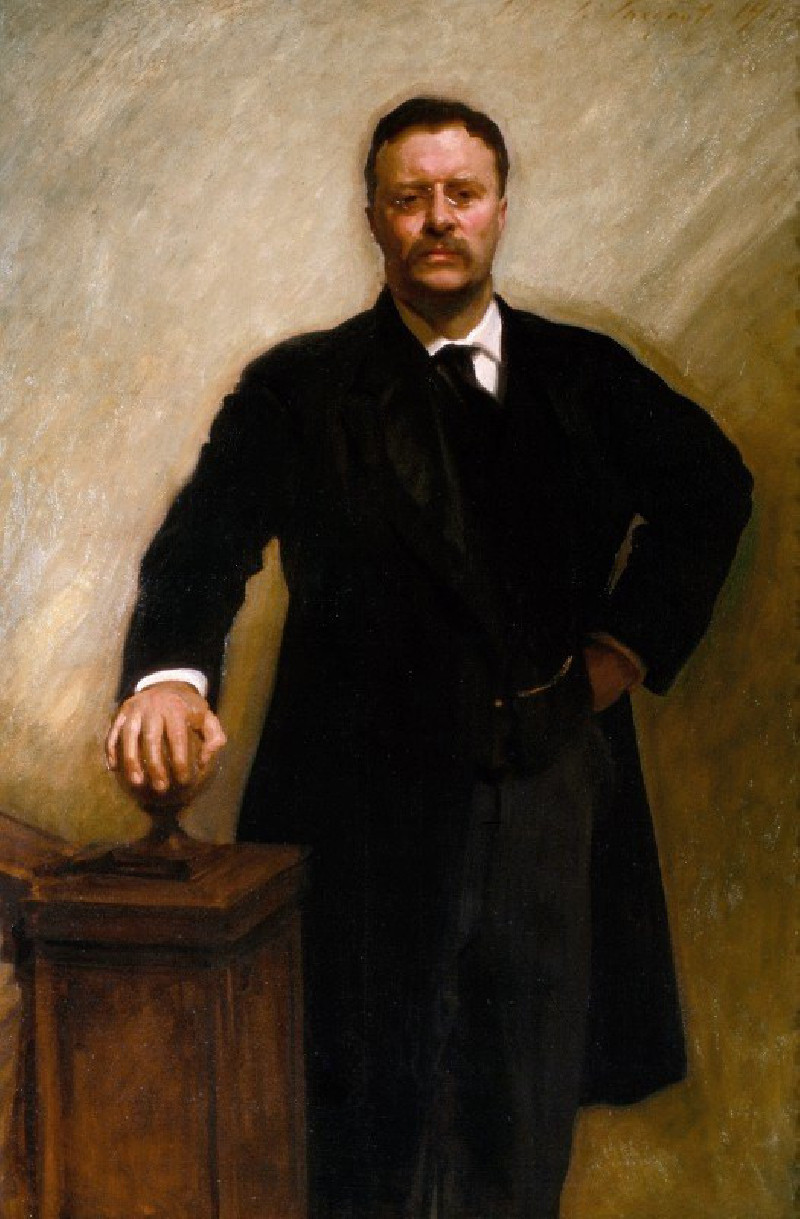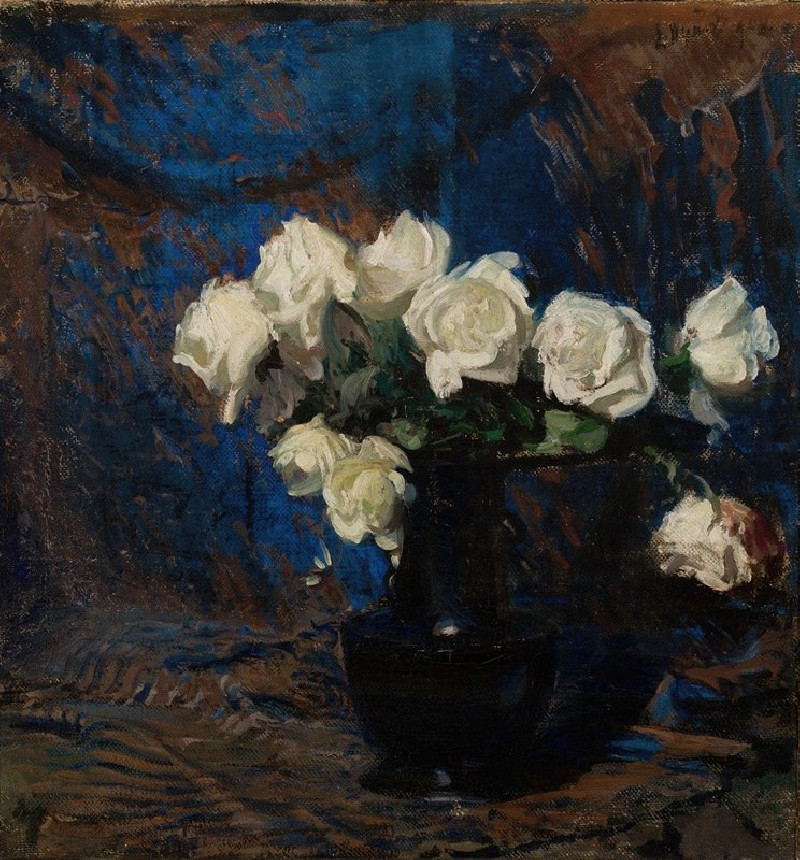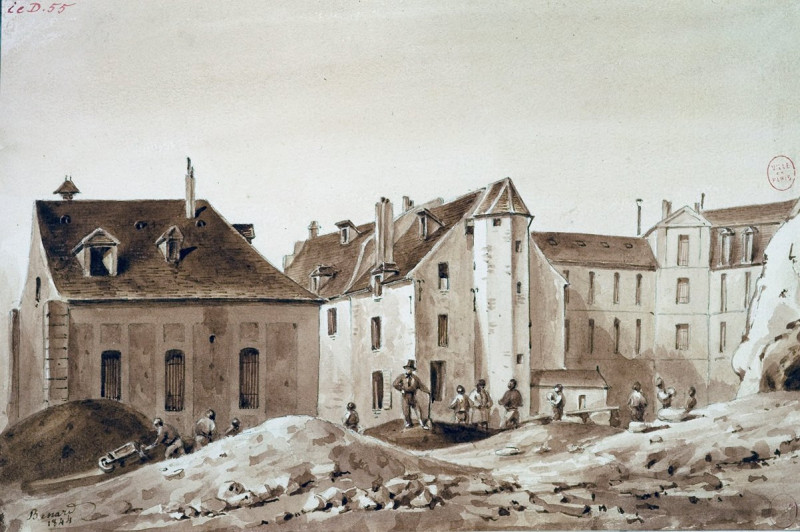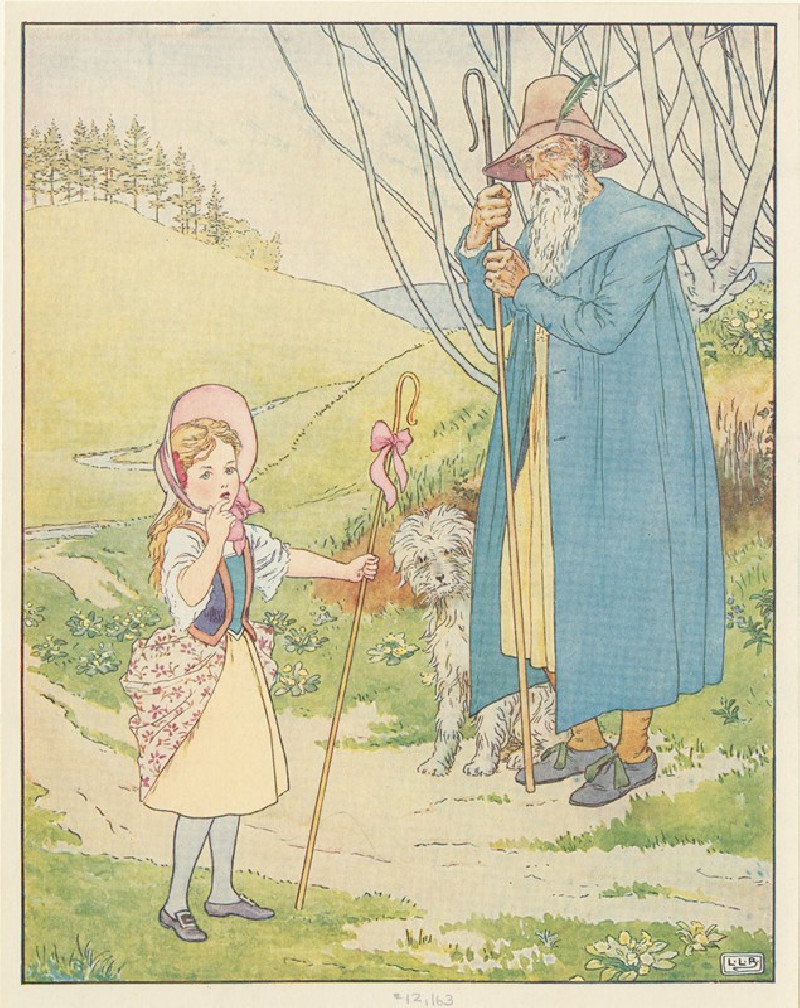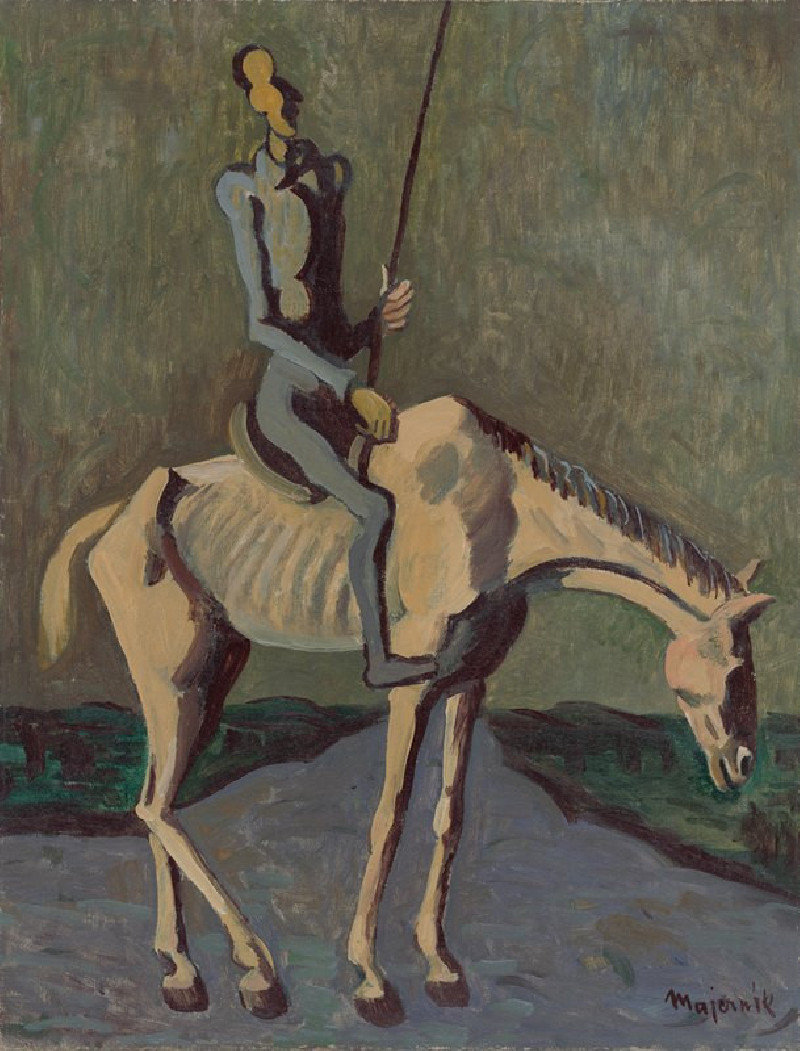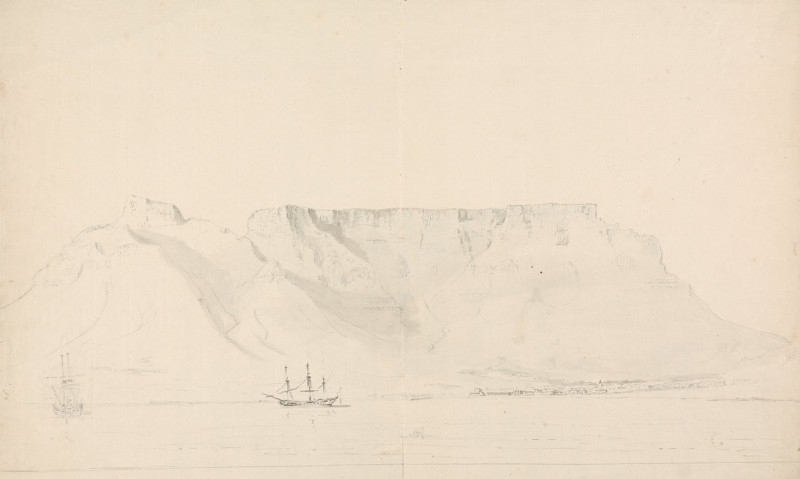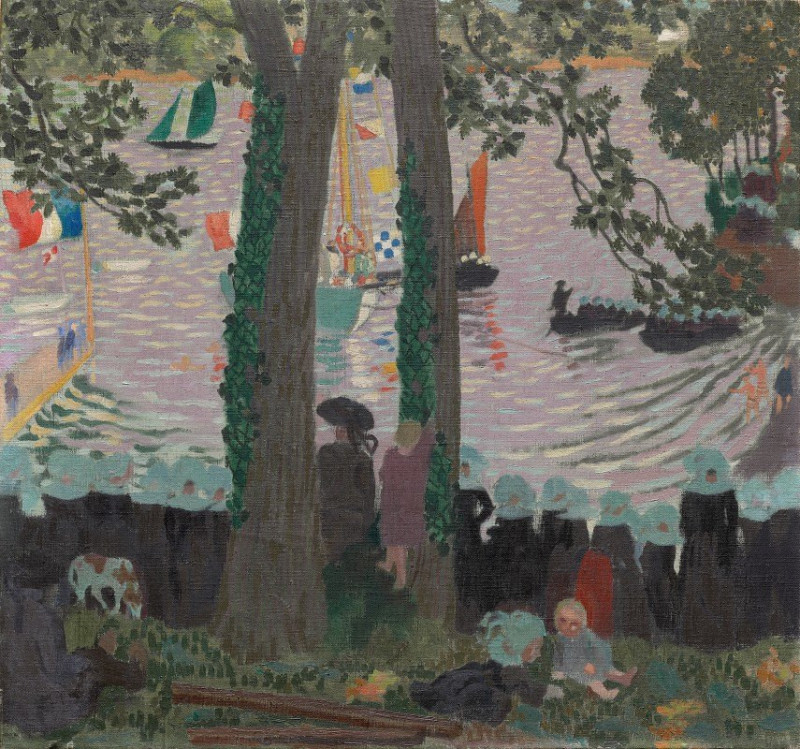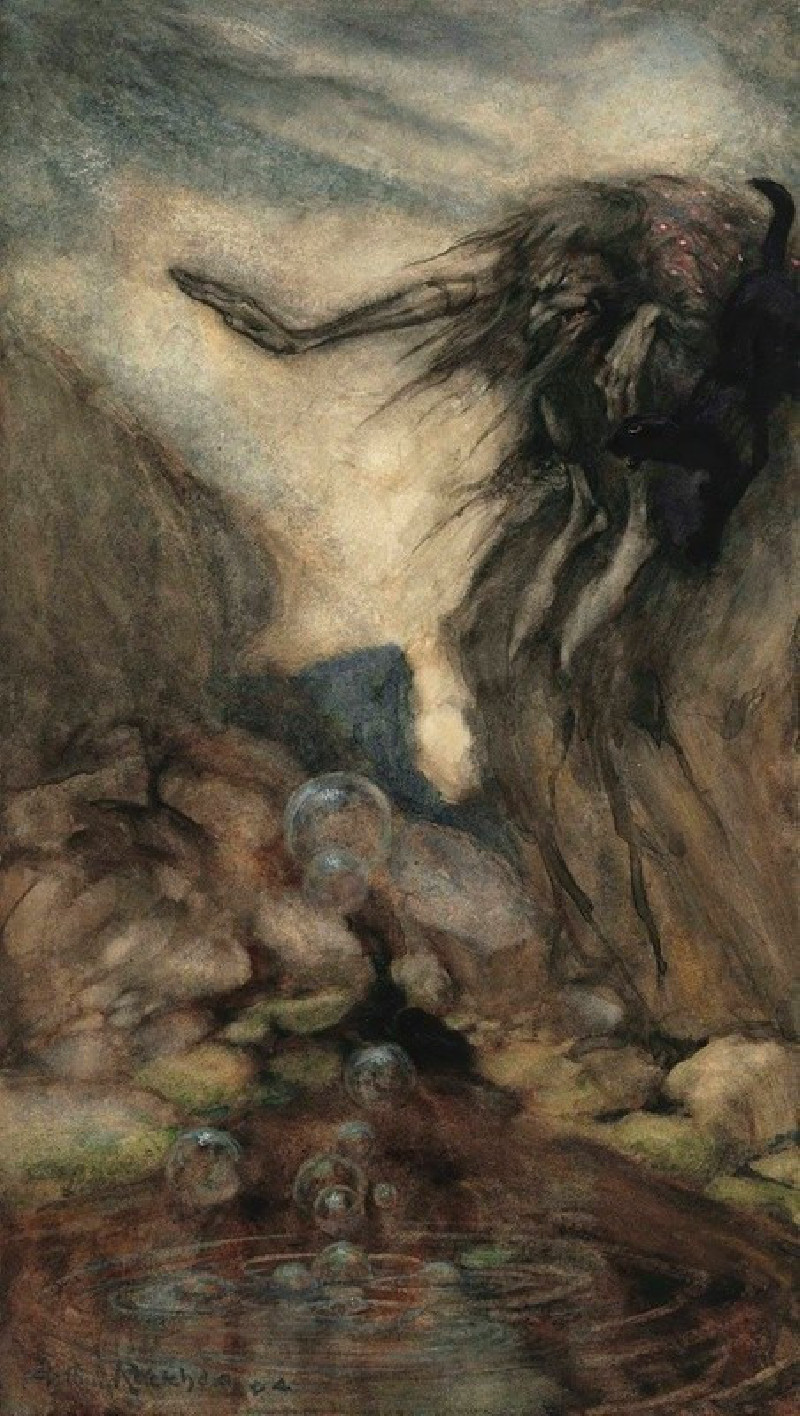Dry-cool garden (1921)
Technique: Giclée quality print
Recommended by our customers
More about this artwork
Paul Klee, a master of symbolism and abstraction, invites viewers into a mystic world with his painting "Dry-Cool Garden" created in 1921. This intriguing artwork draws the viewer into a labyrinth of stylized forms and enigmatic figures, illustrating a garden that evokes a sense of both aridity and coolness.The composition of "Dry-Cool Garden" features an intricate arrangement of plant-like motifs and abstract shapes organized across a muted color palette that suggests the subdued hues of a hidden garden under moonlight. Each element within the canvas intertwines with others, creating a dense patchwork that captures the eye and fuels the imagination.Klee’s use of sharp lines and geometric forms contrasts with the organic shapes that suggest leaves, petals, and mystical eyes, peeking out from the intricate undergrowth. The depth of the scene is created through layered, overlapping elements, and subtle gradients that hint at shadow and light playing within this imagined garden."Dry-Cool Garden" is a prime example of Paul Klee’s unique ability to blend abstraction with hints of the natural world. This artwork, residing at the intersection of fantasy and reality, offers an endless exploration for the eyes, and remains a profound testament to Klee’s innovative spirit and his enduring influence on the art world.
Delivery
Returns
Paul Klee was a Swiss-born German artist. His highly individual style was influenced by movements in art that included expressionism, cubism, and surrealism. Klee was a natural draftsman who experimented with and eventually deeply explored color theory, writing about it extensively; his lectures Writings on Form and Design Theory (Schriften zur Form und Gestaltungslehre), published in English as the Paul Klee Notebooks, are held to be as important for modern art as Leonardo da Vinci's A Treatise on Painting for the Renaissance.

